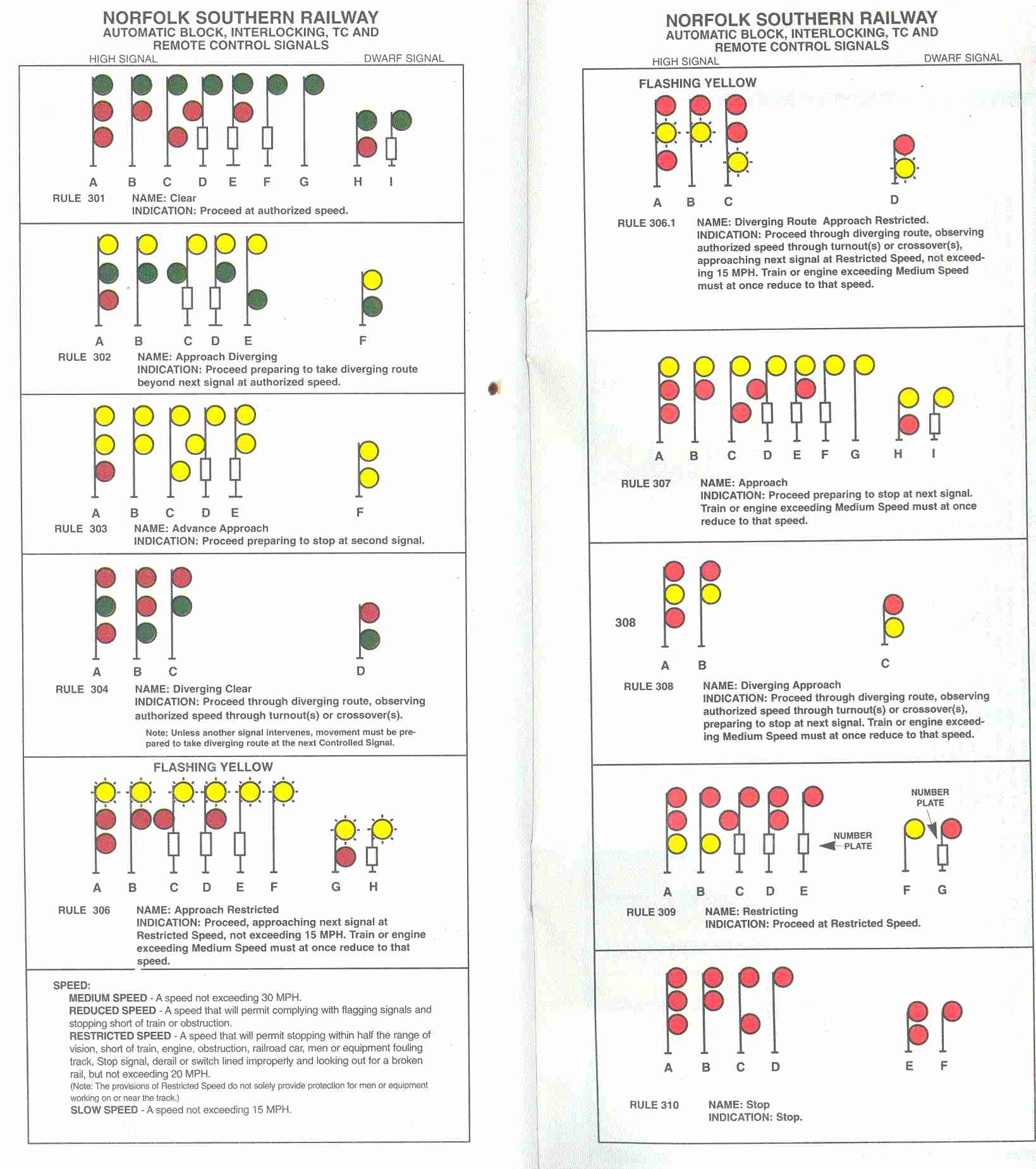dadonatrain
Service Attendant
What am I doing right now? I’m sitting on the side of the Greenville, SC, station wishing I could ride a train! Anywhere! I don’t even care where!
I told my family years ago if they bury me instead of cremate me, I want my epitaph to be All things considered, I’d rather be on a train.
A freight engine pulling a half dozen cars just crawled by into the yard. It made me wonder what the signals mean. I know red from green but beyond that I have no idea what one yellow light means…In the distance over the two parallel through tracks there’s a single yellow light over each track.
I told my family years ago if they bury me instead of cremate me, I want my epitaph to be All things considered, I’d rather be on a train.
A freight engine pulling a half dozen cars just crawled by into the yard. It made me wonder what the signals mean. I know red from green but beyond that I have no idea what one yellow light means…In the distance over the two parallel through tracks there’s a single yellow light over each track.



















